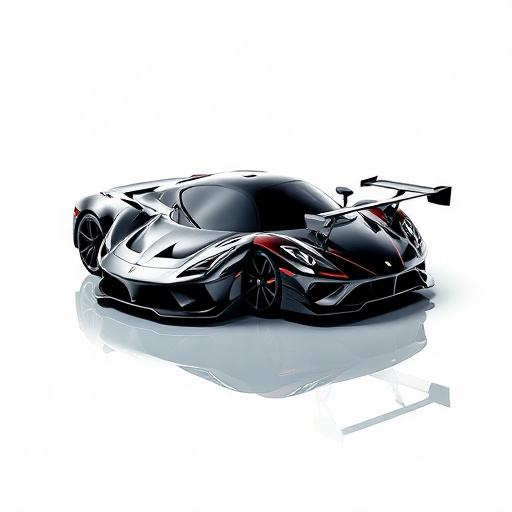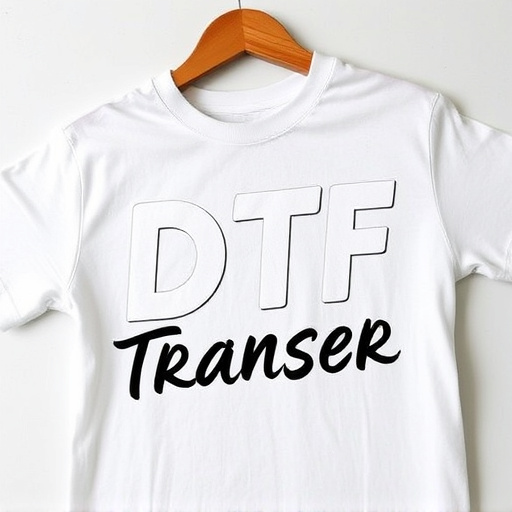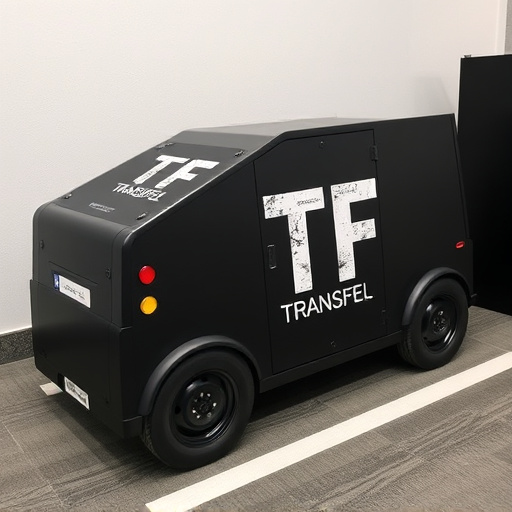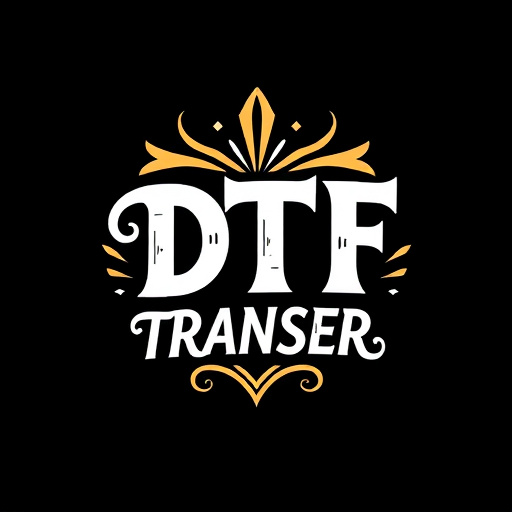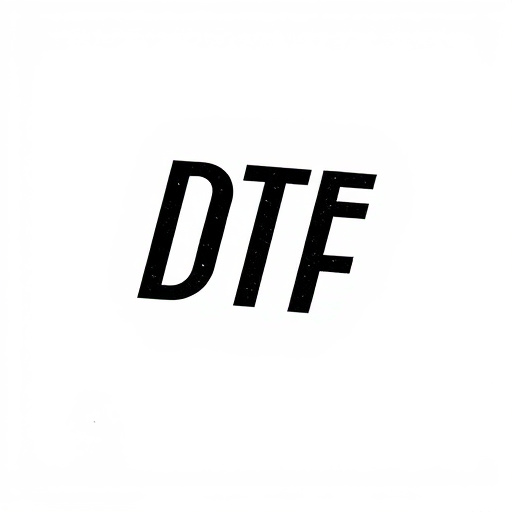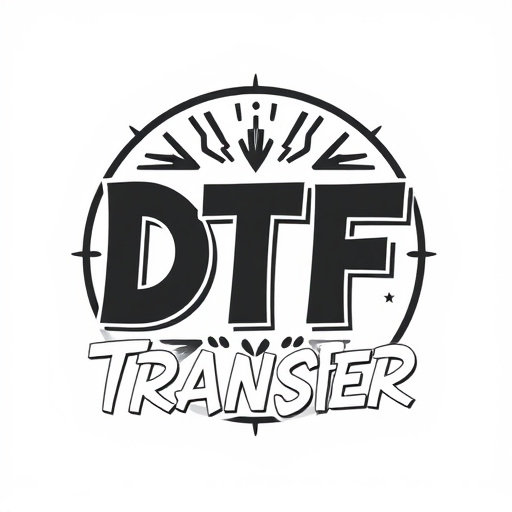Adhesive Direct-to-Film (DTF) technology has revolutionized printing on non-fabric surfaces. DTF Transfer allows direct application of pre-cut printed film to materials like wood, metal, glass, and plastic, eliminating intermediate transfer media. This process offers high-quality, durable prints suitable for both indoor and outdoor use, appealing to various industries. With advanced digital printing technologies and versatile material choices, DTF Printing enables precise, swift creation of unique designs, enhancing branding and visual impact across retail, automotive, and marketing sectors. The future holds promising advancements, expanding the reach and efficiency of DTF Transfer technology.
“Discover the transformative power of Adhesive Direct-to-Film (DTF) products, pushing creative boundaries beyond fabrics. This article explores the innovative DTF transfer technology and its advantages for non-fabric surfaces. From captivating visual experiences to diverse industry applications, DTF prints deliver exceptional results. Learn about selecting optimal DTF materials and adhesives for various substrates, mastering printing techniques for high-quality outputs, and staying ahead with emerging trends in DTF transfer technology.”
- Understanding Adhesive Direct-to-Film (DTF) Technology
- Advantages of DTF Transfer for Non-Fabric Surfaces
- Common Applications of DTF Prints in Various Industries
- Choosing the Right DTF Material and Adhesive for Different Substrates
- Printing Techniques and Considerations for High-Quality DTF Outputs
- Future Trends and Innovations in DTF Transfer Technology
Understanding Adhesive Direct-to-Film (DTF) Technology
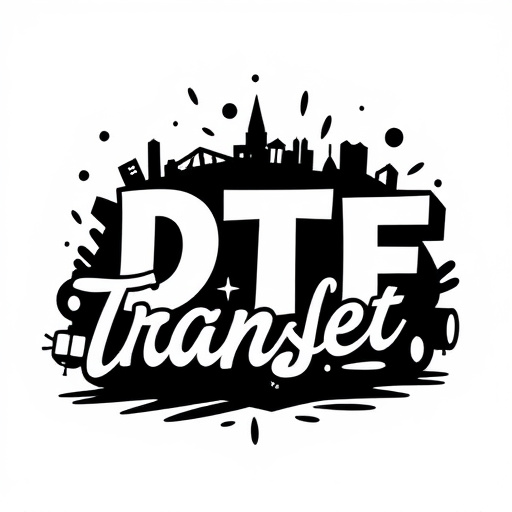
Adhesive Direct-to-Film (DTF) technology has revolutionized the way we apply graphics and prints to non-fabric surfaces, offering a versatile and efficient solution for various industries. DTF Transfer involves the direct application of printed film to a wide range of materials, including wood, metal, glass, and even plastic, without the need for intermediate transfer media. This innovative process combines precision printing with powerful adhesives, resulting in high-quality, long-lasting DTF prints.
Traditional printing methods often require multiple steps, but DTF Printing streamlines the process. The design is first printed directly onto the film using specialized inks and then precisely cut to match the desired shape or pattern. This pre-cut film is then applied to the target surface, ensuring accurate placement and a seamless finish. This technology has gained immense popularity due to its ability to produce vibrant DTF Transfers with excellent durability, making it an ideal choice for both indoor and outdoor applications.
Advantages of DTF Transfer for Non-Fabric Surfaces
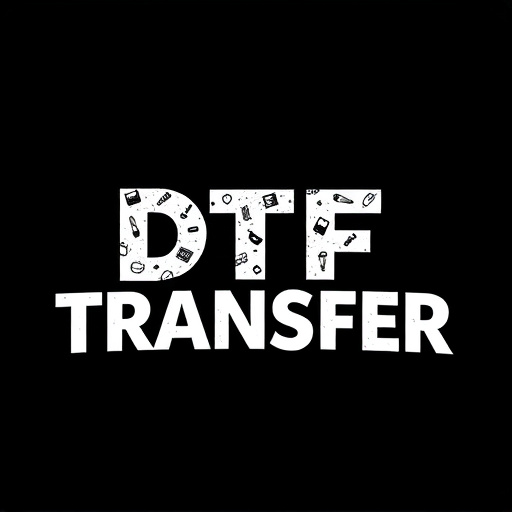
The DTF Transfer process offers a versatile and efficient solution for decorating non-fabric surfaces, expanding the possibilities of design and application. Unlike traditional printing methods that might be limited to specific materials, DTF excels in its adaptability. This technology enables high-quality DTF Printing on diverse materials like wood, metal, glass, and even ceramic, allowing artists and designers to create DTF Prints with exceptional detail and durability.
One of the key advantages is the ability to achieve vibrant, long-lasting results without the need for specialized equipment or expertise. The direct-to-surface transfer method simplifies the decoration process, making it accessible to a wider range of creators. This accessibility, coupled with the technology’s precision and speed, means that unique designs can be brought to life swiftly, opening doors for innovative applications in various industries, from interior design to signage and beyond.
Common Applications of DTF Prints in Various Industries

Direct-to-film (DTF) prints have found their way into numerous industries, revolutionizing the way businesses create and apply graphics on non-fabric surfaces. From marketing and advertising to retail and even automotive, DTF transfers offer a versatile solution for enhancing visual appeal and brand visibility. In the fast-paced world of commerce, these prints enable quick and efficient branding of products, packaging, and promotional materials.
In retail, DTF is used to create eye-catching in-store displays, product labels, and shelf signs. The ability to print directly onto clear or colored film allows for creative designs that can be applied to windows, mirrors, or any transparent surface, making it an excellent choice for interior decoration and merchandising. In addition, the automotive sector utilizes DTF prints for vehicle graphics, window tinting, and custom car wraps, offering a cost-effective alternative to traditional painting methods.
Choosing the Right DTF Material and Adhesive for Different Substrates
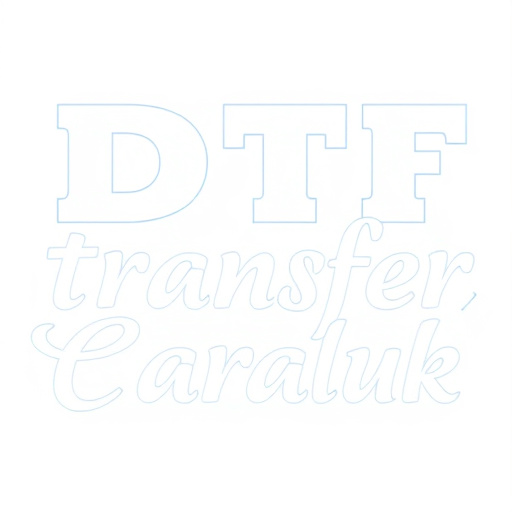
When selecting materials for a DTF (Direct-to-Film) transfer project, understanding your substrate is key. Different surfaces demand specific considerations to ensure optimal adhesion and print quality. For example, smooth, non-porous materials like polycarbonate or acrylic require a stronger adhesive with excellent chemical resistance to withstand the rigors of everyday use. On the other hand, slightly textured or porous surfaces such as vinyl or certain types of plastics need adhesives designed to fill microscopic gaps for a secure bond.
The choice of DTF printing ink is equally important. For high-gloss finishes on non-fabric substrates, UV-cured inks are popular due to their rapid drying time and durability. For applications requiring more flexibility, solvent-based inks offer vibrant colors and a softer finish. Selecting the right adhesive and DTF transfer print method guarantees that the final product will be long-lasting and visually appealing, enhancing the overall aesthetic of various surfaces.
Printing Techniques and Considerations for High-Quality DTF Outputs

The quality of a DTF (Direct-to-Film) transfer largely depends on the printing techniques employed. Advanced digital printing technologies, such as UV curable inks and precision printing heads, are key to achieving high-resolution DTF prints. These methods allow for intricate details, vibrant colours, and accurate colour matching, ensuring that designs translate perfectly onto non-fabric surfaces.
When printing DTF transfers, several considerations come into play. First, the choice of ink is crucial; UV curable inks offer superior adhesion and durability on various materials. Additionally, proper calibration of print settings, including resolution, dot density, and colour profiles, is essential for delivering crisp and accurate DTF outputs. Skilled technicians ensure optimal printing conditions, resulting in visually appealing and long-lasting DTF prints.
Future Trends and Innovations in DTF Transfer Technology
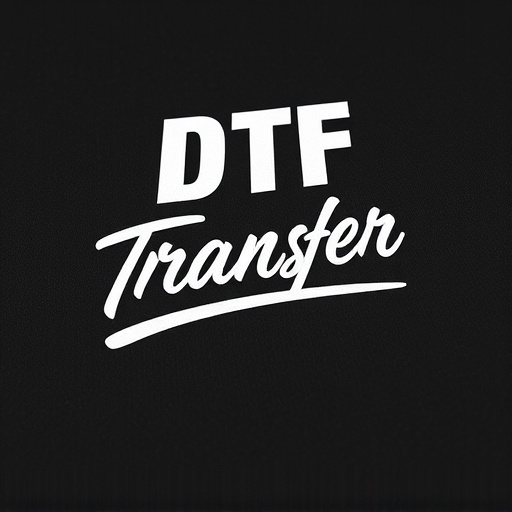
The future of DTF transfer technology looks bright and innovative, with advancements pushing the boundaries of what’s possible on non-fabric surfaces. One prominent trend is the exploration of new materials and substrates, expanding the versatility of DTF printing. Researchers and manufacturers are continuously developing formulations that can adhere to a wider range of materials, from glossy plastics to matte finishes, opening up opportunities for diverse applications in industries like automotive, packaging, and signage.
Additionally, the integration of digital technologies is revolutionizing DTF transfer processes. With advancements in printing resolution and color accuracy, we can expect even more detailed and vibrant DTF prints. The adoption of smart sensors and automated systems promises improved efficiency, consistency, and speed, making DTF printing a more accessible and desirable option for businesses seeking high-quality, personalized non-fabric surface decorations.


